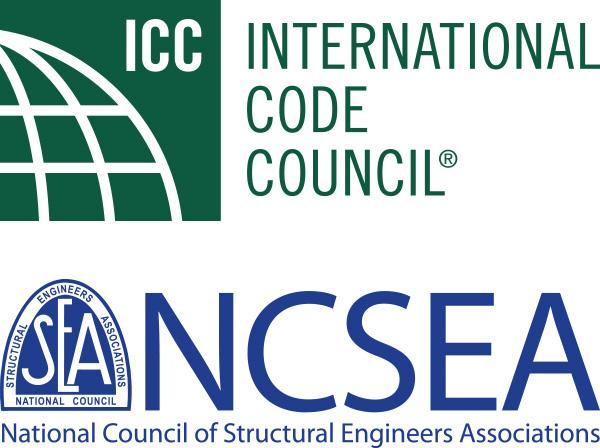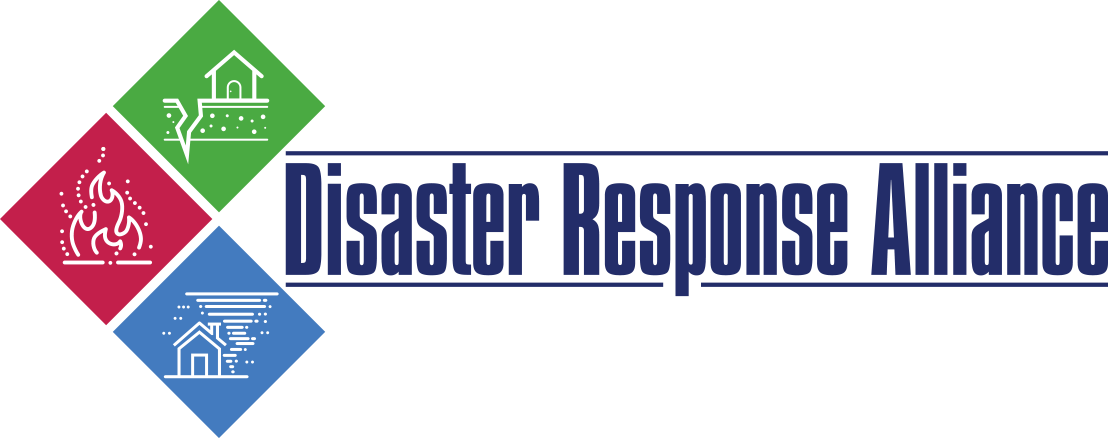
In the past two years, more than 100 million people in the United States, a third of its population, suffered in some way from natural disasters, including tornadoes, hurricanes, earthquakes, wildfires and flooding. The International Code Council and the National Council of Structural Engineers Associations—which have had a long-standing partnership in support of the design, construction and administration of safe and resilient buildings—have joined forces to create the Disaster Response Alliance (DRA) to help communities get up and running as quickly as possible after a major disaster.
The DRA maintains a single, national database of skilled volunteers willing to assist with response and recovery activities. These activities include post-disaster safety assessments, rapid safety assessments, detailed safety assessments, other building damage assessments, inspections and other code-related functions in the aftermath of a disaster. The DRA’s national database of volunteers is available to local and state jurisdictions as well as federal government agencies for pre- and post-disaster assistance.
The International Code Council
The International Code Council is a member-focused association dedicated to developing model codes and standards used in the design, build and compliance process to construct safe, sustainable, affordable and resilient structures.
The Code Council’s 64,000 members are building safety professionals concerned with health, safety and welfare in the built environment. Members include building, fire, plumbing, mechanical and energy officials representing federal, state, county and municipal governments. Code Council members also are architects, engineers, designers, builders, labor groups, contractors, elected officials and manufacturers.
National Council of Structural Engineers Associations
The National Council of Structural Engineers Associations was formed to constantly improve the standard level of practice of the structural engineering profession, and to provide an identifiable resource for those needing communication with the profession. The association’s vision is to be recognized as the leading advocate for the practice of structural engineering via its ongoing mission of representing and strengthening its 44 member organizations.
NCSEA serves the needs of the structural engineering profession, its clientele, as well as architects, building code and enforcement authorities, construction industry, owners, developers, public building agencies, disaster response organizations, licensing and registration boards, legislatures and regulatory agencies, structural material trade groups, news media, professional and trade organizations, and engineering societies.
